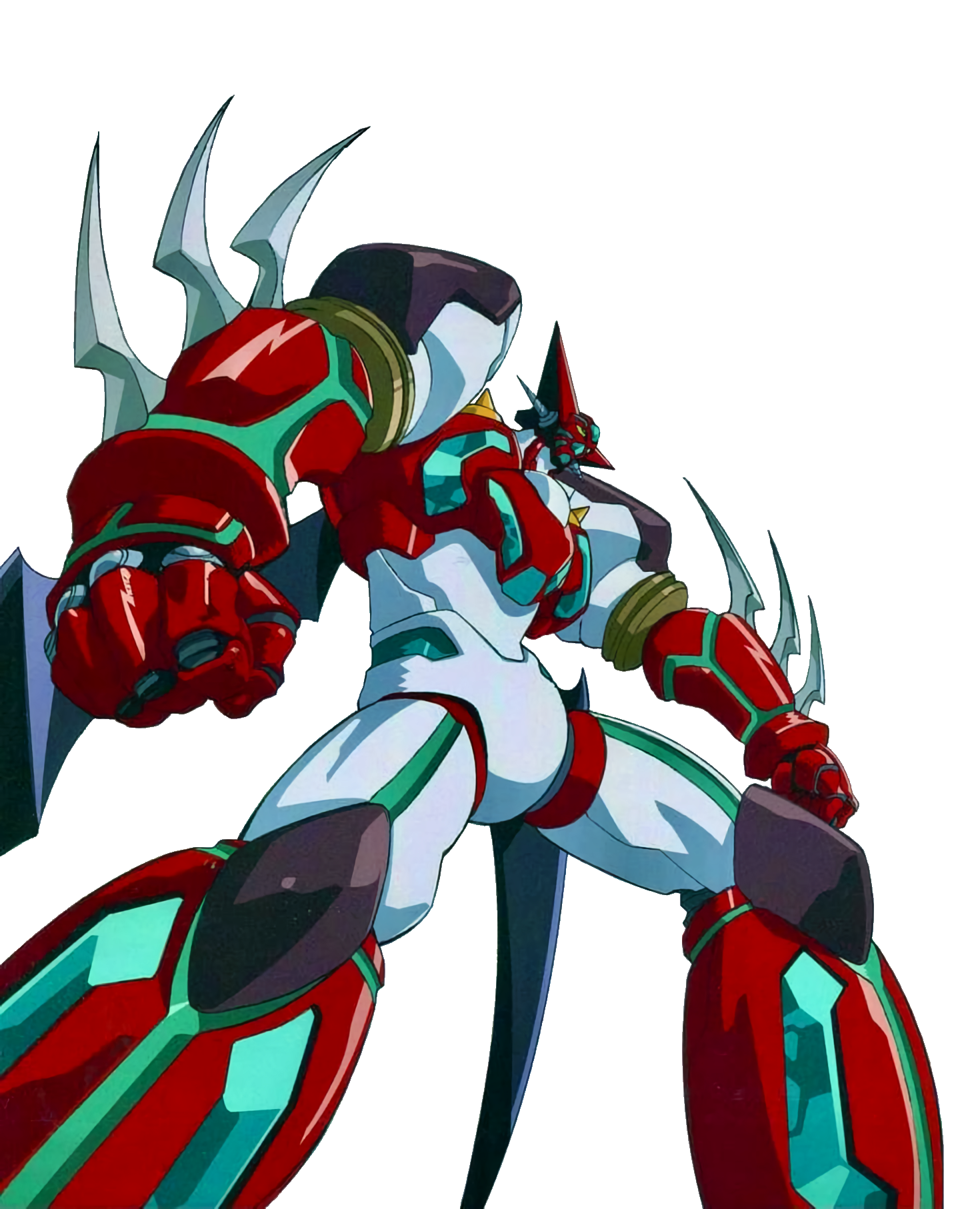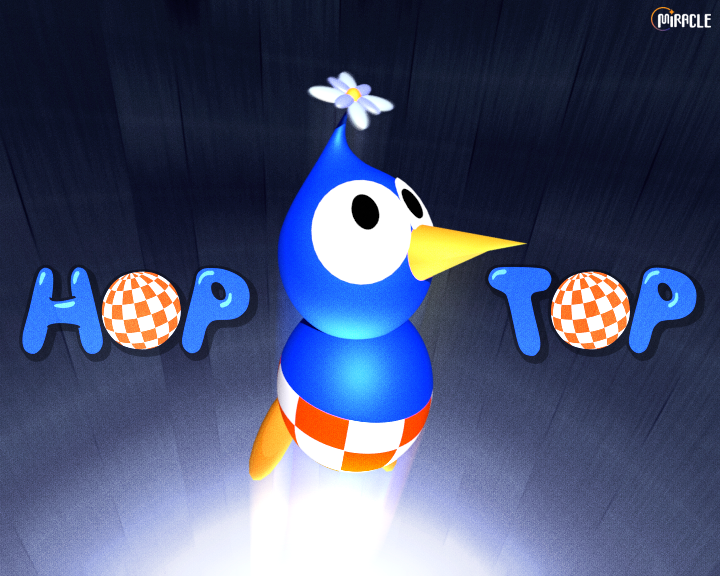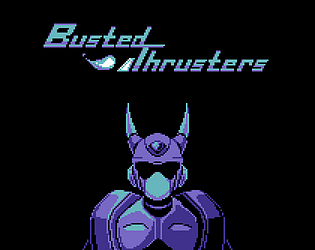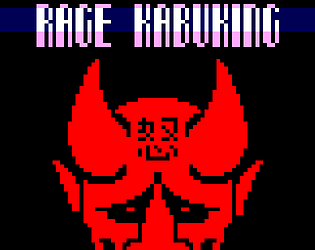
- Release Date: May 12, 2025
- Made By: Me, pile_bunker, nouzivr.
- Keywords: OMNI-DIRECTIONAL SLASH SHOOTING, Shmup, Arcade, Endless
- My Role: Original Concept, Direction, Game Design, All GML Programming, Art.
More Info
ExP: Fairy in the Flash, also known as eXP: Fairy in the Flash, is a Shooting Game developed in two weeks for the sixth annual Bullet Hell Jam, where it placed 4th overall among 227 entries total. The game, inspired by a wide array of shmups and other media, attempts to infuse top-down shooters, a genre that I'm not a big fan of, with the elements and precision and thrill that I get from arcade shmups. You could also see it as the opposite, a shmup with elements of a top-down shooter thanks to the ability to fire in all 360 degrees with a mouse cursor. Thus, OMNI-DIRECTIONAL SLASH SHOOTING (term coined by a japanese livedoor shmups blog that covered our game).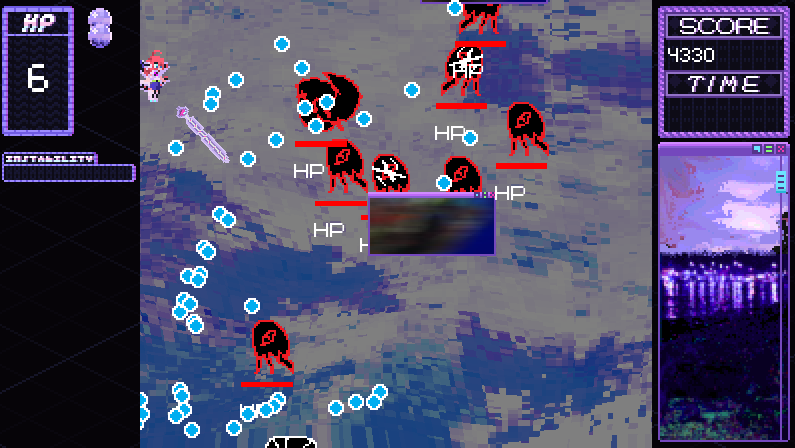
With the Jam's theme being "Unstable", I wanted to bake this into the very "heart" of the game, from its theming to its mechanics more than just a "gimmick." Before the Jam started I already knew I wanted to focus on humanoid characters rather than ships or robots, to play into the strengths of the artist; originally I was envisioning a "psychic" theming similar to the shmup ESPRade... But in the end, with this theme, it immediately came to me what to do: a cyberspace theming, in which people explore a twisted, esoteric virtual world inspired by the wild west of the early 2000s internet that I grew up with through avatars called "Fairies", very much inspired by a mix of anime like Serial Experiments Lain and hobbyani-adjacent projects such as Mega Man Battle Network and Boukenki Webdiver. I immediately envisioned a wide cast of characters with Fairies themed after different subcultures, so the idea was immediately a well of potential. Mechanically, and tied to this, was the concept of "webpages." I wanted to simulate the feeling of going down an internet rabbithole, jumping from link to link and finding weirder and weirder things. To this end, I devised the following gameplay formula: Each stage would play like a traditional autoscrolling vertical shoot 'em up (though scrolling downwards instead of up to simulate going down a webpage) and periodically the player would be assaulted by "pop-ups" that could take them to short, snappy, WarioWare-esque challenges. Completing a minigame gives you one hitpoint back, potentially extending your run, but if you lose, you'll get nothing. In the Game Jam, there are three types of pop-up: Survival, in which you must dodge unique bullet patterns; Arena, in which you must defeat waves of enemies within a time limit; and Midboss, in which you must destroy a giant creature... or car.
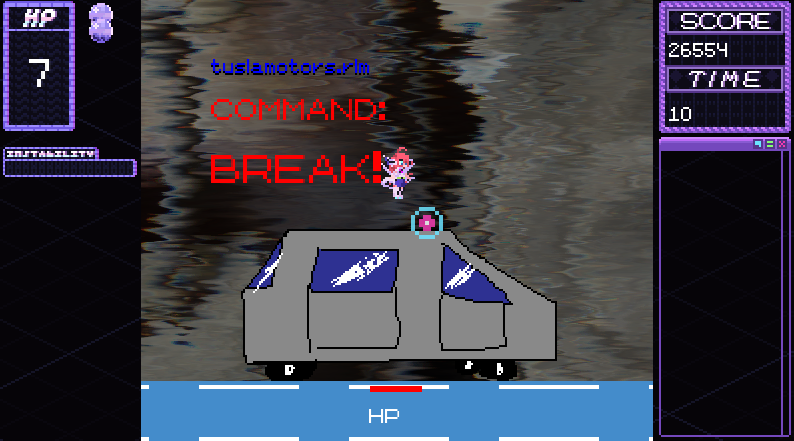
A chaotic, frantic shoot 'em up where enemies come from all angles and you're constantly thrown into bizarre situations. Besides your firepower, you also possess a sword with rightclick that can clear bullets (that's where the SLASH in SLASH SHOOTING comes from), and you'll have to learn how to wield it to survive. Originally, we had planned three stages and three unique bosses, and many more pop-ups; but as this was my first time being the sole programmer-- Even with a headstart on a framework for a previous game, I ended up overestimating my implementation speed, so I converted the game into a caravan-style infinite looping game with a single basic boss fight at the last minute. Additionally, though Nouzi's incredible character designs and UI shape the game, I had to draw all of the enemy midboss sprites myself to meet the deadline, since she ended up too busy. (Shoutouts to the absolutely amazing OST by pile_bunker too, which adds to the game's atmosphere). In spite of everything, I think we succeeded in our goal of creating a unique shooting game that's still got great genre fundamentals, and I currently plan to continue developing this into a full project.
